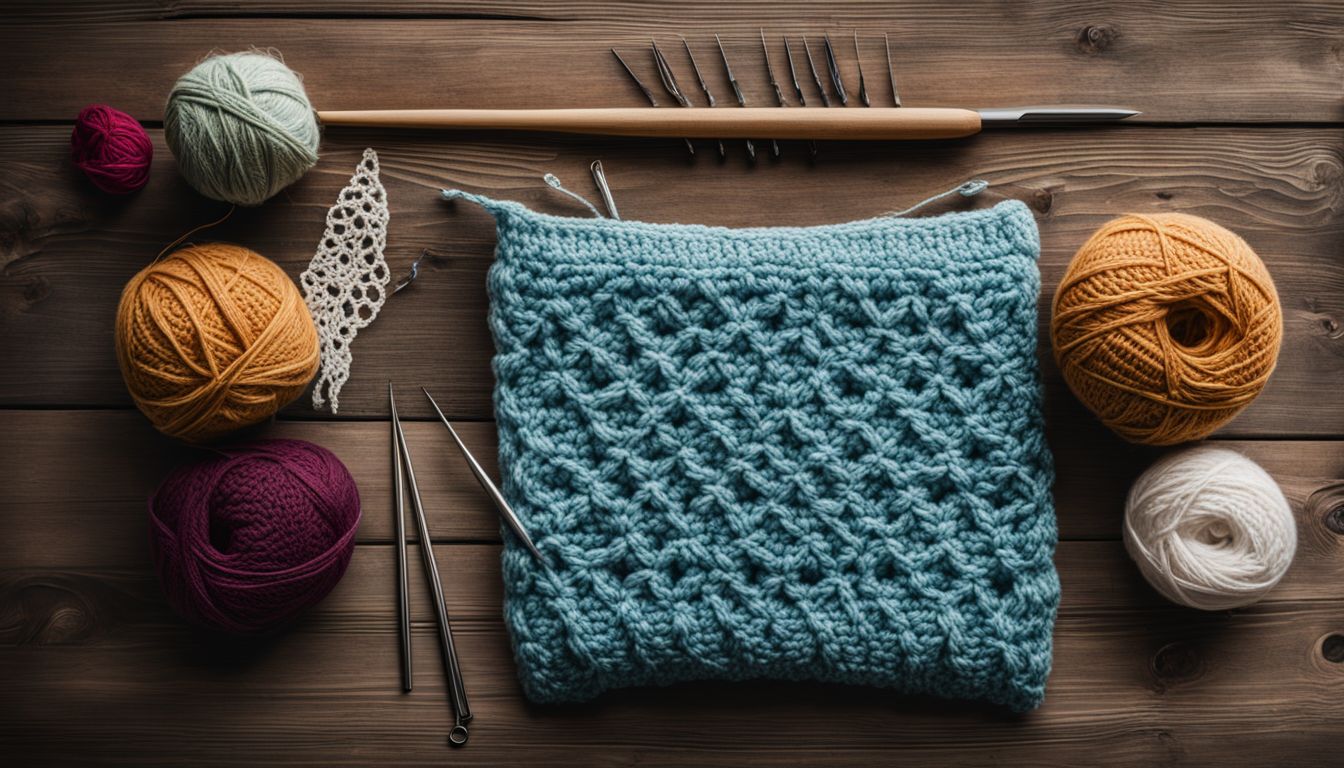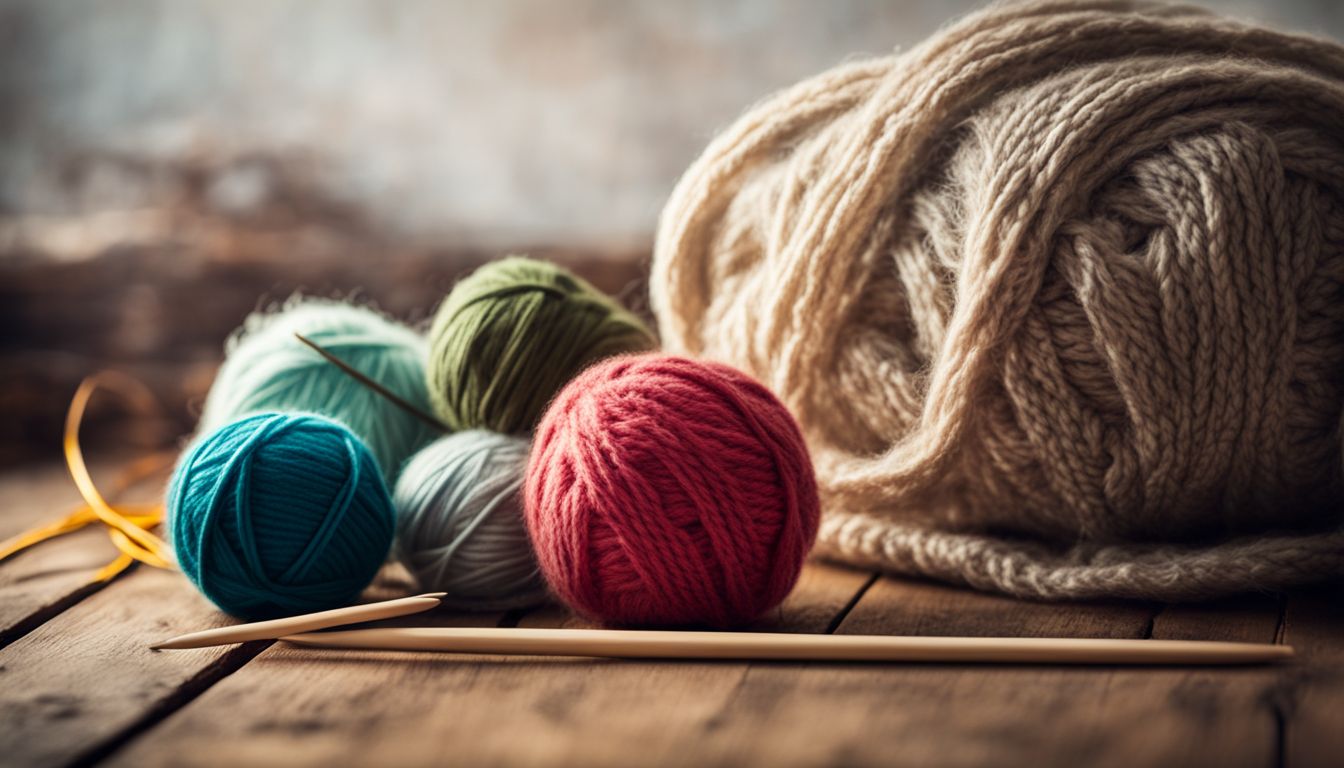Author: YouTalent
-
How To Effectively Use Layering Techniques To Add Depth To Your Acrylic Paintings
Are you staring at your canvas, feeling like something’s missing? You’ve got the colours down, but somehow your painting still feels flat. Don’t worry; you’re not alone in this. Many artists, both new and experienced, struggle with adding that elusive depth to their art. But here’s a secret: acrylic paint is actually a fantastic medium…
-
Techniques And Tips For Mixing Acrylic Colors To Get The Perfect Shades
Are you staring at your acrylic paints, wondering how to mix them into that perfect shade for your masterpiece? You’re not alone. Mixing colours can feel like a puzzle with many pieces. But here’s a fact: understanding the basics of colour theory is key to mastering this art. In this post, we’ll dive into simple…
-
A Comprehensive List Of Must-have Supplies For Acrylic Painting
Have you ever stood in the art supply aisle, overwhelmed by the choices? You’re not alone. Many beginners in acrylic artwork find it hard to know where to start. Acrylic painting requires its own set of tools and supplies. It’s easy to get lost among all the options. Here’s a fun fact: acrylic paint can…
-
Tips On How To Choose The Right Type Of Acrylic Paints For Your Project
Have you ever stood in the paint aisle feeling overwhelmed by all the choices? You’re not alone. Picking the right acrylic paint for your project can feel like finding a needle in a haystack. Acrylic paints are popular because they’re versatile and dry quickly, but choosing the wrong type can mess up your artwork. Here’s…
-
An Introduction To Acrylic Painting For Beginners, Covering The Basics Of Getting Started
Stepping into the world of painting can often leave beginners feeling a bit overwhelmed. With so many choices – from what brushes to use, which paints won’t break the bank, to figuring out why your canvas looks more like a toddler’s bib after spaghetti night rather than the Mona Lisa – it’s easy to feel…
-
Discover ten easy and beautiful knitting patterns perfect for beginners, with step-by-step instructions
Starting a new hobby can be tough, especially if you’ve set your eyes on knitting. It looks hard, right? All those needles clicking away and yarns tangling up. But here’s a secret – it’s not as complicated as you think! This article shares ten simple yet gorgeous knitwork designs perfect for anyone just starting. They’re…
-

A collection of crochet patterns ranging from easy to advanced, including detailed instructions and necessary materials
Ever felt overwhelmed by the wide world of crochet? You’re not alone. Many folks dream of crafting their own cosy scarves or adorable stuffed toys but don’t know where to start. The truth is, getting into crochet can feel like a maze, especially with all those patterns and stitches out there. Here’s something that might…
-
Explore the differences and similarities between knitting and crocheting to help you decide which craft to pursue
Are you torn between taking up knitting or crocheting? You’re not alone. Many folks find themselves at this crossroads, unsure which path to take in the crafty world of yarn and hooks. Both hobbies offer a creative outlet to make everything from cosy sweaters to snugly blankets, but they do have their differences. One key…
-
A step-by-step introduction to crocheting, including how to choose your tools and start your first project
Feeling lost in the world of knitting and looking for something a bit different? Crocheting could be your perfect crafty companion. It’s a fun way to create beautiful items, from cosy blankets to cute amigurumi toys. One cool fact: You only need yarn and a crochet hook to get started with this addictive hobby. This…
-

Learn the basics of knitting, from choosing your first yarn and needles to casting on and making your first stitch
Have you ever looked at a cosy, hand-knitted scarf and wished you could make something just like that? You’re not alone. Many people want to learn knitting but feel overwhelmed by where to start. Knitting is an art form – one that involves creating fabric from yarn using two needles. With patience and practice, anyone…